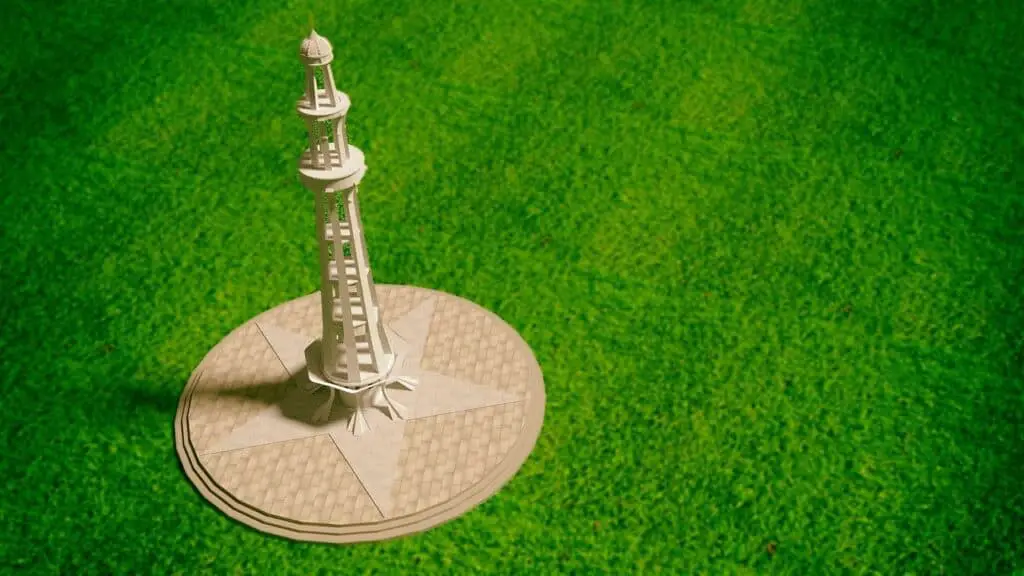
Your Ultimate Preparation Hub for Government Job Exams Preparation in Pakistan
At SuperiorExams, we specialize in providing top-notch online preparation resources for government job examinations in Pakistan. Whether you’re aiming for any Federal Public Service Commission (FPSC) or Punjab Public Service Commission (PPSC) examination. we are here to guide you every step of the way. Our platform is designed for students, professionals, and anyone looking to secure a government job with a structured and easy-to-access approach to exam preparation.
Download Government Job Exams Preparation Material – All in One Place!
Prepare for your upcoming exams – this platform brings together resources for a range of government job exams in Pakistan. Download study material, past papers, and preparation guides for exams such as:
- Federal Public Service Commission (FPSC)
- Central Superior Services (CSS)
- Punjab Public Service Commission (PPSC)
- National Testing Service (NTS)
- Provincial Management Services (PMS)
- Khyber Pakhtunkhwa Public Service Commission (KPPSC)
- Sindh Public Service Commission (SPSC)
- Open Testing Service (OTS)
- Pakistan Testing Service (PTS)
- Intelligence Bureau (IB)
- Federal Investigation Agency (FIA)
- State Bank of Pakistan (SBP)
- Ministry of Defence (MOD)
- Inter-Services Selection Board (ISSB)
- Pakistan Army, Navy, and Air Force Exams
- Tehsildar Exams
- And many other government job exams
With Us, you have access to a comprehensive library of preparation materials, including previous years’ papers, practice tests, guides, and more – all designed to make your exam journey smoother and more effective.
Get Started Today!
Download your needed materials and start your preparation journey with confidence. Superiorexams.pk is your reliable partner for success in government job exams across Pakistan.
FPSC Exams
CSS Exam
Complete Guide With Preparation Material
FPSC Jobs
General Recruitment Guide With Preparation Material
MOD Exam
Complete Guide With Preparation Material
IB Exam
Complete Guide With Preparation Material
FIA Exam
Complete Guide With Preparation Material
PPSC Exams
PMS Exam
Complete Guide With Preparation Material
PPSC Jobs
General Recruitment Guide With Preparation Material
ASI/SI Exam
Complete Guide With Preparation Material
Why Choose Us?
- Comprehensive Material: Get access to expertly curated content, including past papers, study guides, and sample questions tailored to FPSC, PPSC, CSS, and PMS exams.
- Focused on High-Stakes Exams: While we cover various government exams, CSS and PMS exams are our specialty. Our resources are aligned with the latest syllabus and exam patterns, ensuring relevant and effective study support.
- Online Access for Everyone: Our platform makes high-quality preparation material accessible to all, regardless of location. Study at your own pace and convenience with our online resources.
What We Offer?
- Past Papers and Practice Tests: Familiarize yourself with previous years’ questions, helping you understand trends and key areas to focus on.
- Subject-Specific Resources: In-depth study material for all CSS and PMS subjects, including compulsory and optional ones.
- Guidance and Strategies: Success tips, time management strategies, and expert insights to help you excel.
- Updated and Relevant Content: We stay updated with the latest changes in exam formats, policies, and requirements to keep you informed.
Start Your Government Exam Journey Today
Your partner in achieving your career goals in government services. Let us help you make your preparation journey focused, efficient, and effective.
